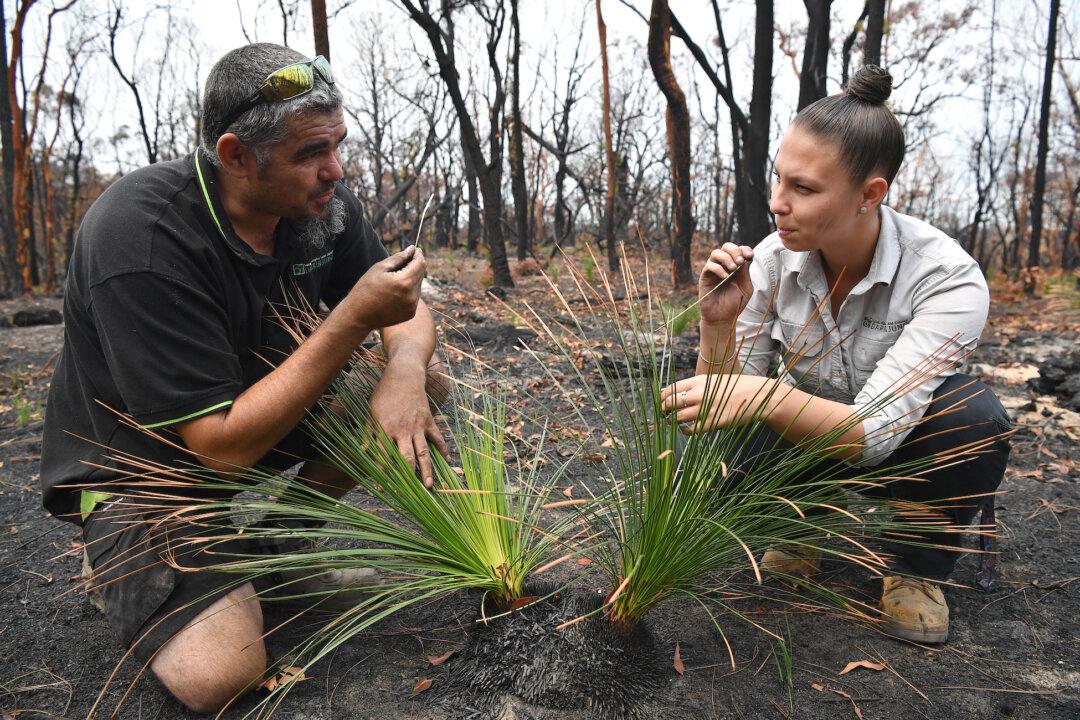An Indigenous burn practitioner on Jan. 15 urged Australia’s state fire policymakers to “cut the stringent red tape” and “get the bush between their toes” as his people begin to assess the damage caused to their country following the devastating bushfire season.
On Wednesday, Kelvin Johnson, the senior land management officer with the Darkinjung Local Aboriginal Land Council, was allowed to return to the bush in Kulnura, west of Wyong on the New South Wales Central Coast, for the first time to inspect damage after the Three Mile Fire burned through the region in December.





